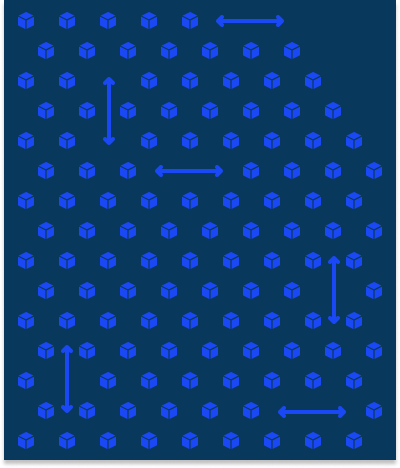About the Webinar:
Part 2 of the AM Feedstock covers the concepts and considerations to develop a metal powder re-use.
In industrial AM applications, the consumption of powder is a key contributor to part costs. In addition to the material that is solidified into a part, further material is disturbed and heat-affected by the laser powder bed fusion (LPBF) process. Chemical and particle size distribution changes in the heat-affected material determine whether and how it can be re-used for further builds. Two main methods of powder management are used in production today, an infinite re-use approach with sieving on the machine and regular topping up with new material; and a batch history control approach where powder is re-used multiple times without topping up until the batch is consumed or a specification limit is breached. This investigation finds that there are pros and cons to both powder re-use approaches. The batch history control approach comes with a high level of traceability but a steady degradation of powder quality, whilst an infinite re-use approach will lead to a steady powder quality without the full level of traceability of approach 1.
Learning Outcomes
After completing this webinar, the attendees will achieve the following:
- An understanding on the changes on powder characteristics as it goes through multiple cycles
- Understand the current industry practices in powder re-use
- Understand the pros and cons of using different powder re-use approaches for laser powder bed fusion.
- Understanding on different powder re-use approaches to develop your own re-use strategy
Instructor
Dr Ravi Aswathanarayanaswamy is working as a Principle Materials Scientist at Renishaw’s Additive Manufacturing Group (AMG). He obtained his Doctor of Philosophy (PhD) degree in Materials Science from the University of Manchester in 2008. He joined Renishaw in 2013, prior to that he was a Research Fellow at the university of Birmingham working on additive manufacturing of nickel super alloys and titanium. After he joined Renishaw he started working on wide range of alloys (titanium, nickel super alloys, ferrous and light metals) using Renishaw’s laser powder bed fusion machines. He is also involved in generating powder specifications for Renishaw’s machine. In the past he has successfully improved flow characteristics of powders to suite Renishaw’s system. ‘



